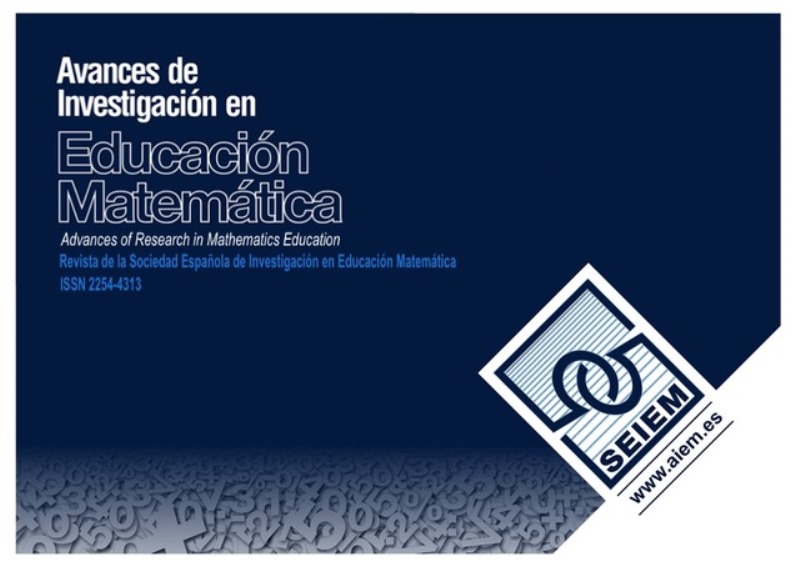Exploratory study with preservice primary teachers on mathematical languages for teaching the relationship between area and volume
DOI:
https://doi.org/10.35763/aiem.v0i19.361Keywords:
Sociocultural approach, learning to teach mathematics, mathematics teacher preservice education, relationship between area and volume, language as resourceAbstract
In this article, we report an exploratory study about the knowledge of mathematics education subject content in a setting of education preservice training; within our sociocultural positioning, we focus on the mediating role of mathematical languages used in instruction and curricular material, and choose content relative to mathematically-relevant languages for the teaching and learning of the relationship between area and volume. Based on responses from a questionnaire, we first examine what primary school
student teachers know or anticipate of the function of language when teaching and learning the specific mathematical content. We then amplify the analysis by means of selective interviews guided by responses to the questionnaire. Our results show student teachers with weak understanding of contents of the subject to be taught -concepts of area and volume- while becoming initiated in the construction of contents on how to teach the subject -mathematical languages for teaching the area-volume relationship.
Downloads
Downloads
Published
How to Cite
Issue
Section
License
The articles published in this journal are under a license Creative Commons: By 4.0 España from number 21 (2022).
Authors who publish with this journal agree to the following terms:
- Authors retain copyright and keep the acknowledgement of authorship.
- The texts published in this journal are – unless indicated otherwise – covered by the Creative Commons Attribution 4.0 international licence. You may copy, distribute, transmit and adapt the work, provided you attribute it (authorship, journal name, publisher) in the manner specified by the author(s) or licensor(s). The full text of the licence can be consulted here: http://creativecommons.org/licenses/by-nc/4.0.
- Authors are able to enter into separate, additional contractual arrangements for the non-exclusive distribution of the journal's published version of the work (e.g., post it to an institutional repository or publish it in a book), with an acknowledgement of its initial publication in this journal.
- Authors are permitted and encouraged to post their work online (e.g., in institutional repositories or on their website) prior to and during the submission process, as it can lead to productive exchanges, as well as earlier and greater citation of published work (See The Effect of Open Access).









